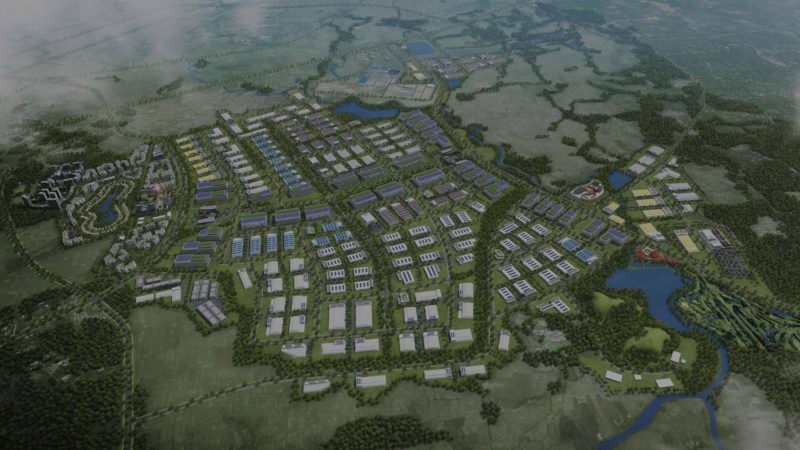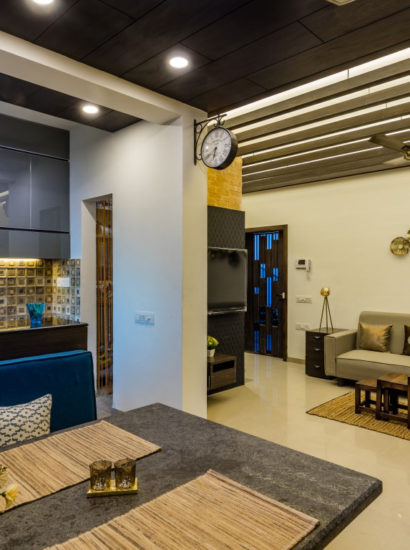Tata Steel Special Economic Zone (TSSEZ), previously known as Gopalpur Special Economic Zone, is a 100% subsidiary of the prestigious Tata Steel Group of India. The company plans to develop an industrial area in Odisha where businesses from all across India can set up their plants and enjoy the benefits that the park promises to offer under the SEZ policy of the government. It got the green light for the establishment of SEZ in Gopalpur years ago, and since then has been working to complete the project within the specified time.
As of October 2018, TSSEZ was thought to come into definitive agreements with four major investors for its multi-product SEZ development at Gopalpur on the Eastern coast of India. According to sources, the investments may be worth nearly Rs 5 billion. Spanning an area of close to 3,000 acres, the industrial area in Odisha by the company reportedly comprises two sections – an SEZ that spreads to an area of 1,235 acres, and the second is a Domestic Tariff Area (DTA).
All the investors, despite their investments, are expected to set up their units within the Domestic Tariff Area where the primary investor is TSSEZ, delivering plug and play infrastructure. On the other hand, the industrial park is believed to be developed in stages, covering 1,000 acres in each stage.
According to earlier reports, TSSEZ had already got the green light from the state cabinet, getting land registration approval for the establishment of an SEZ in Odisha. The allotted land was expected to be provided by the government over two months after the approval. Also, the company board had reportedly approved to invest in developing external infrastructure at the park. Over the next year, the company is expecting to hear from more investors to wrap up the project in as little time as possible.
The industrial park of the SEZ will take five to six years to finish; however, TSSEZ was reportedly looking to get financiers, even after signing the pacts with its four major investors in January 2019. For the time it is collaborating with other investors, it may set off at a slow pace, extending the expected time a little further.
While the reports indicated that TSSEZ is yet to begin the project, three or four units may be ready for operations by the end of 2020. Each of the units will span an area of nearly 100 acres, and the total investment on all the units may hit the Rs 5-billion mark, which is no less than an excellent start. Besides, the units may offer jobs to an estimated 1,000 people, eradicating the problem of low employment on the eastern coast of India.
Apart from getting investments from its four major investors, TSSEZ also received queries from nearly 70 other companies, including foreign companies. Despite enjoying interest from these companies for their SEZ in Odisha, bleak investor interest is still a matter of concern for the company. And since the company is toiling to attract capital, the government has also formed a committee to think of plans to make SEZs more appealing.













